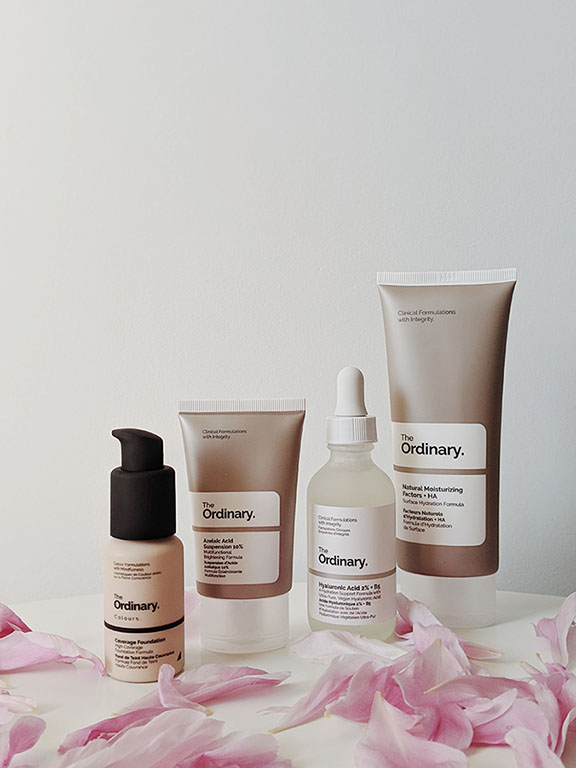GlobalSpa
20-Jul-2021
Whether you’re new to your skincare regimen or have ventured deep into exploring new products and practices, the buzzworthy retinol have taken over the beauty scene. But what really is retinol and why is it often termed together with tretinoin and retinoids? Here’s your simple lowdown by Dr Madhuri Agarwal, Medical Director and CEO, Yavana Aesthetics Clinic.
WHAT ARE RETINOIDS?
Retinoids are natural and synthetic Vitamin-A analogues with multiple derivatives. It is, essentially, a broad umbrella term for tretinoin and retinol. There are prescription-strength retinoids like tretinoin, and then there are the milder groups of retinoids - the retinol.
Retinoids are the gold standard of intrinsic aging, photoaging, and acne treatments for dermatologists. They have multiple benefits like slowing down collagen breakdown, stimulating rapid cell turnover, and collagen and elastin formation - thereby minimising the appearance of fine lines and wrinkles. Retinoids have keratolytic properties and prevent acne bouts. The added benefit is the reduction of the dark spots due to active acne.
RETINOL VS TRETINOIN - WHICH IS BETTER?

The major difference between retinol and tretinoin is the strength. Tretinoin is the most potent active form of retinoids and starts working on the skin immediately on application whereas retinol needs to be converted to active retinoic acid by one-step conversion process to show benefits on skin.
Tretinoin is more potent than retinol because it does not require any conversion after applying to the skin. For the same reason, it can have potential side effects so should be used under dermatologist supervision only.
Retinols take a longer time to show results on skin but have lesser side effects. They are usually formulated with other ingredients like hyaluronic acid or antioxidants and so are more consumer-friendly.
BOTH MUST BE CALCULATED ADDITIONS TO YOUR SKINCARE
When you start using any retinoid for the first time, cautious care should be taken:
? Start retinoid ‘slow and low’ for first timers. Pick a low concentration retinol (0.01%) and use a tiny pea size amount twice a week at night. Once you are comfortable you can gradually increase the frequency to daily application.
? Follow your dermatologist instructions for tretinoin and do not self medicate.
? Don’t forget to apply your sunscreen with a minimum SPF 30 daily morning to curtail any skin photosensitivity specially with any retinoid.
? Avoid use of exfoliators, acids and skin procedures immediately before retinol or tretinoin application.
? There are newer slow release retinol formulations available that are good options for beginners with reactive skin.
? Selection of whether to use retinol or tretinoin is based on the skin type and concern.
To conclude, retinol can be incorporated in your routine for preventative aging and reactive sensitive skin types while tretinoin use is meant for frequent, severe breakouts or aging signs after a dermatologist consultation.
Disclaimer: The article is authored by Dr Madhuri Agarwal, Medical Director and CEO, Yavana Aesthetics Clinic. The views and opinions expressed in this article are those of the author’s and do not represent those of GlobalSpa.